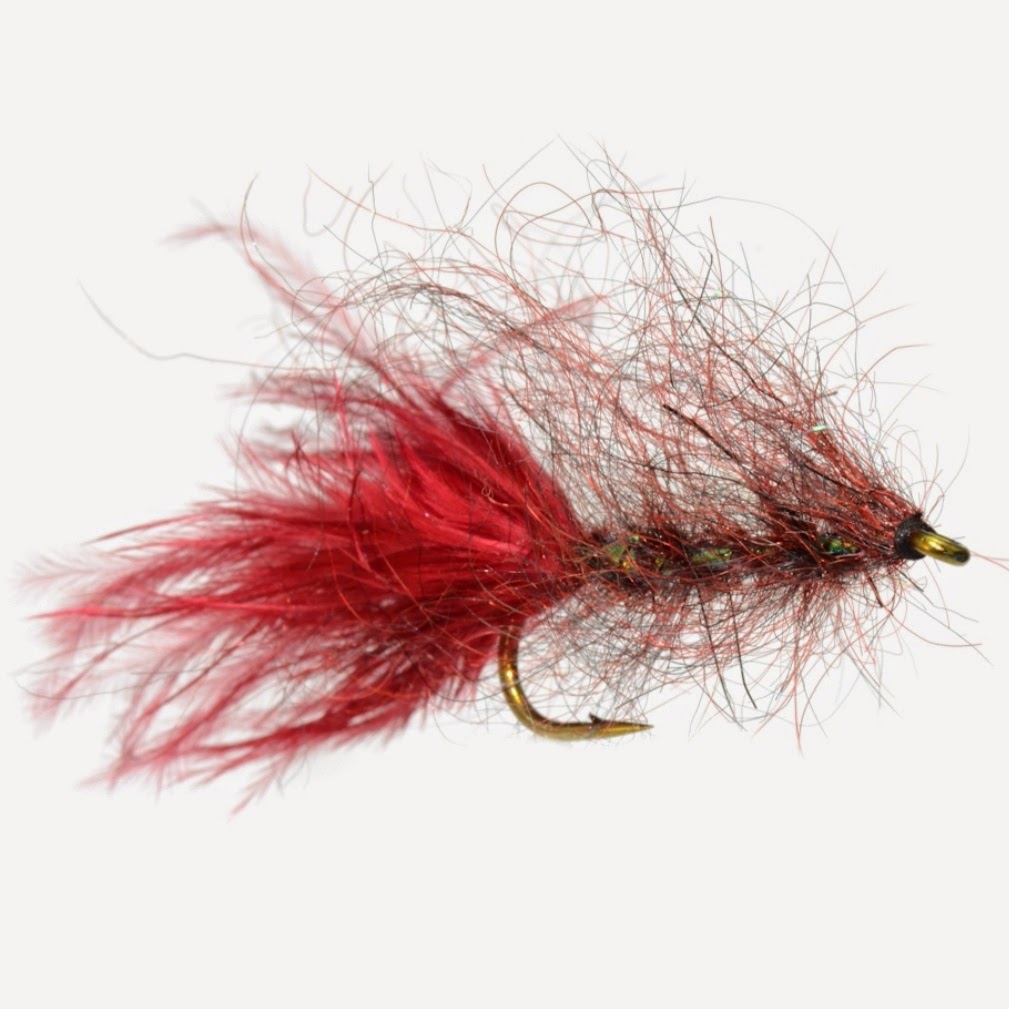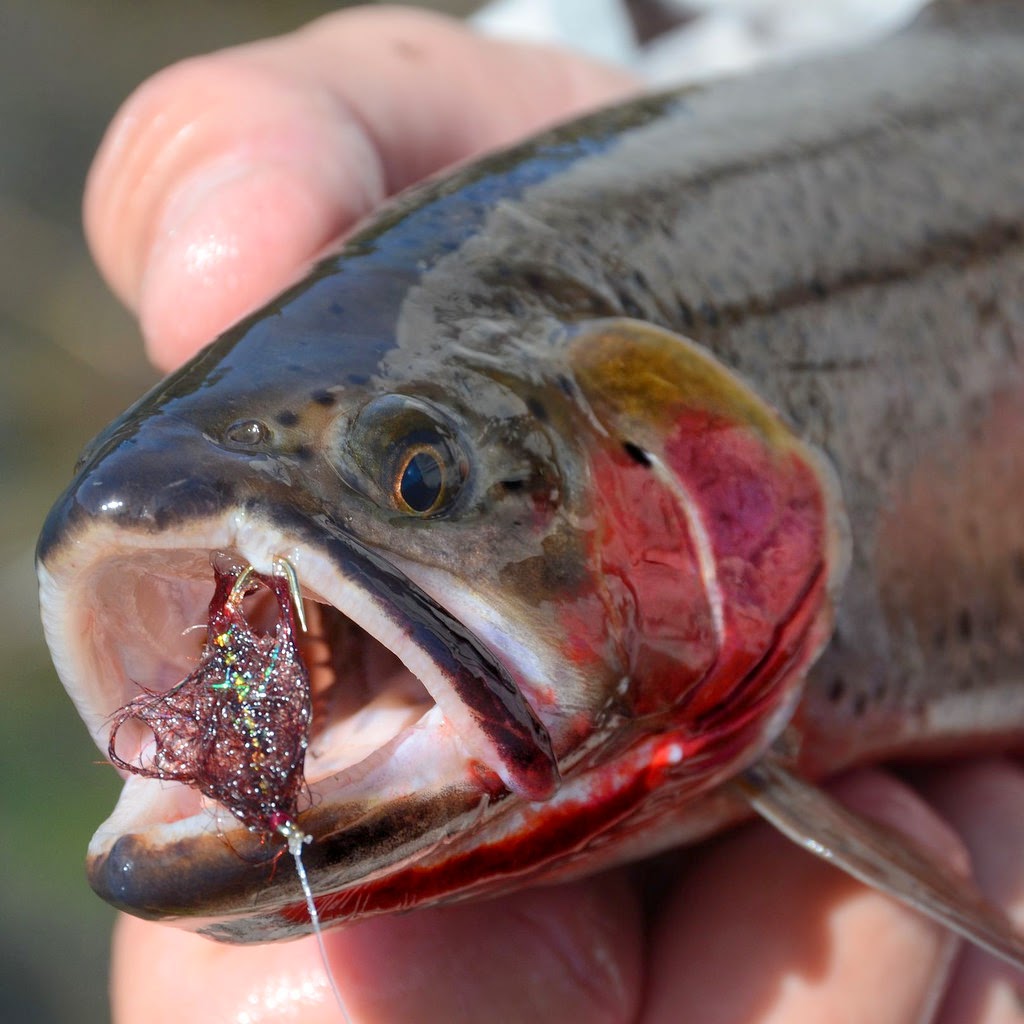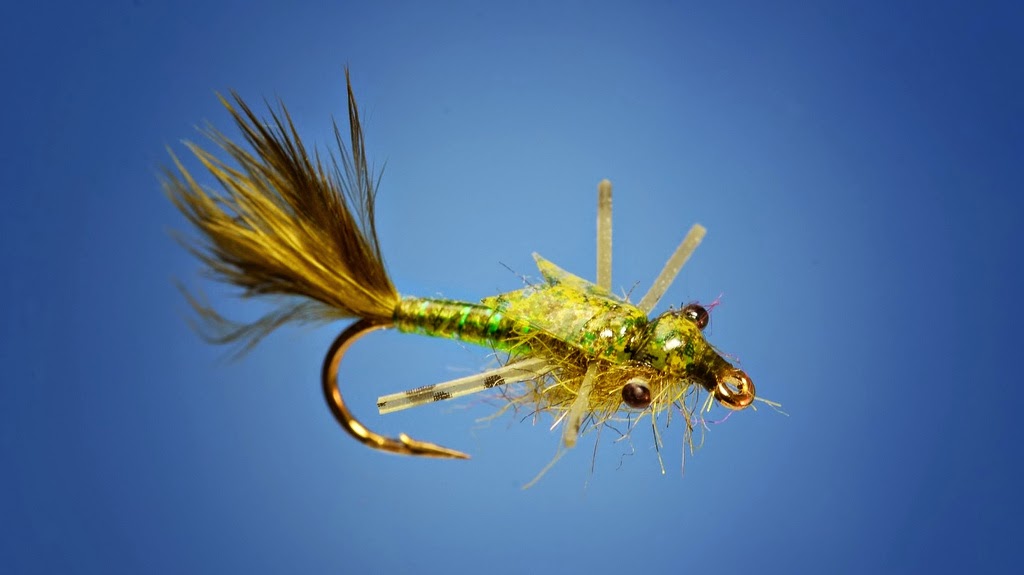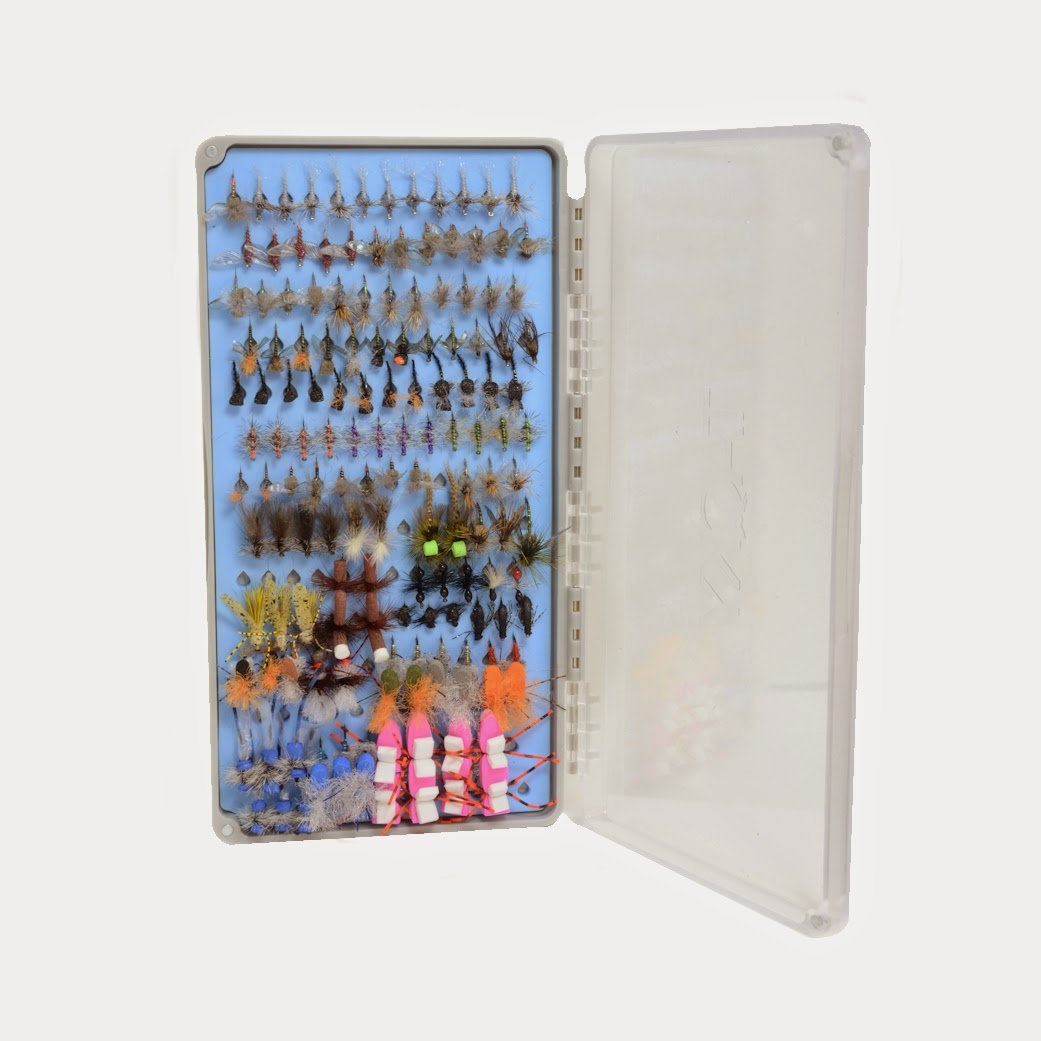Just because you love it doesn't mean they will
![]() |
| Curtis' girls terrorizing the local brookies |
![]() |
| A buddy's son "Curt" puts me on fish at 7 years old |
When my wife and I were starting to think about starting a family I would think about how cool it would be to have two or three perfectly behaved kids who got straight As in school, were the best athletes on the field, and who LOVED to fish. I have three beautiful children (Audrey 11, Seth 10, and the family boss Mia 5) and up until a few years ago I hadn't quite figured out how to go fishing without constant bickering for the iPad (even though it was not even on these trips!), punching each other, complaining, and their general inability to throw tight loops and mend their fly line. That's not too much to ask is it? Well, here is a reality check... Some of your kids will not like fishing.
Several years ago I decided to take my kids out to the community pond on my little 13' aluminum boat. It was going to be the perfect afternoon fishing trip because the bass and bluegill were eating. Well, about 10 minutes in, Seth says "I'm bored Dad. Can I go home." Then Audrey chimes in "Can I play with your phone." Needless to say, that trip lasted about an hour and it was a LONG time before I took them out again.
Since that trip in the boat, I really had to get creative to find ways to make fishing fun for my kids. Here are some tips that have worked for me.
![]() |
| Seth's big kitty |
1- Make it fun - Bring lots of treats and find stuff that they can do if the fishing isn't really good. On one memorable trip in the tin boat, Seth was the pirate captain and I was the first matey. My chore was to catch all the fish, and his job was to direct the ship. We (I) caught numerous bass and bullfrogs that day, and it became the theme for the rest of the summer. He would fish sometimes, but most of the time he was on the lookout for other pirates that we could battle. Fishing with kids usually involves 3 or 4 rock throwing sessions.
2- Try to make sure the fishing will be good - Now... I know that this is kind of a given, but your 8 year old probably wont appreciate going to the river and changing flies 15 times until you find that one Baetis pattern that will work. Scout out a fishery that is low on the technical side, and high on the fish quantity side. I'd encourage you to think outside the box when it comes to species too. Bluegill and Crappie are good kid fish. Kids don't care if you are catching pristine Colorado River Cutthroats or big slimy catfish. As long as it pulls, they will dig it.
3- Fly fishing only? - This is the part where elitism gets thrown out the window. There is a time and a place for bobbers and worms, and this place typically has to do with getting kids into fish. On a recent trip with the family on the upgraded bass boat we had a plan, and it turned out much better than expected. I had
![]() |
| Audrey and her huge catfish |
planned the trip out so I could target largemouth, and my wife and kids could target Crappie. The agreement was that I would cast on one side of the boat, and they would cast off the other side. Two or three Crappie in the boat and Audrey starts yelling that she has a fish! Her rod was doubled over so far that it was about to break... Up came about an 8 pound catfish and it was game on from then on. I put my bass gear away, and we caught catfish until our arms were tired. I had a blast baiting hooks and netting big ol' catfish for kids who were more excited about fishing than I had ever seen. On the other side of the coin, last year we camped on a small stream with many hungry and stupid brookies. We only brought fly rods on that trip, and both Audrey and Seth caught their first fly rod trout on wooly buggers that Audrey had tied. They had a blast even though we only caught two trout because we had rock skipping contests, looked under rocks for aquatic insects, etc. My point - choose the technique that will provide the most enjoyment for the kids.
4- Practice with them - There isn't much that will frustrate a kid than constantly messing with line tangles and not being able to present the fly (worm or lure) to the fish. Something that will help is to practice casting, tying knots, landing fish, etc. Audrey is my fly fisher, and she can cast a fly rod moderately well - well
![]() |
| Mia's Crappie in one hand, a granola bar in the other hand |
enough that I don't have to constantly tell her what to do on the water. Seth, on the other hand, is all about the hardware, and hasn't really taken much interest in learning the ways of the fly rod. He has a baitcaster setup that he can throw all day long without issues, and I think it's awesome! I'll teach him to throw a fly some day, but for now he's having a blast pitching his jig into a bucket in the front yard. Because they practice at home, they can usually fish with minimal issues.
5- Consider taking one kid at a time - I have three kids, and if the is ever a constant with them - it's that they will fight if they are cooped up with each other for too long. I'll take all of the kids if my wife comes along because she is another enforcer, but if I'm headed out alone I like to take one kid at time. They take turns coming with me on short trips, and it truly is a special time to spend talking to them without any other distractions around. The other kids are typically OK with it (except for Mia the boss) because they know that their turn is coming soon.
Again, these are just my opinions and I have had to get fairly creative to get my kids on the water, but it's what works for me. What's most important about this whole article is that you plant a positive "fishing" seed in your kids, so that it will grow into something that they truly love. We all had to go through our progressions in fishing, so we shouldn't expect our kids to automatically appreciate fishing like we do, well, at least until they are about 10 ;)
What are some of the things you all do to make kid fishing more enjoyable?
~ Cheech



































